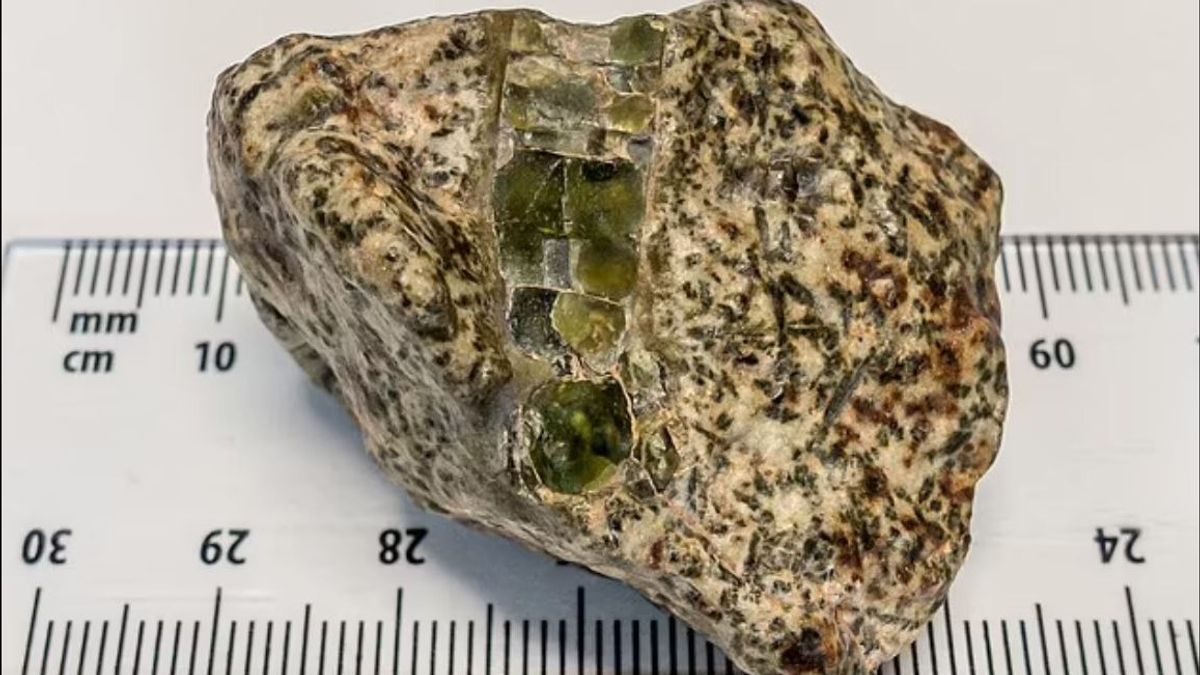JAKARTA - A space meteorite named Erg Chech 002 was discovered the longest ever, with an age of nearly 4.6 billion years when Earth did not even exist. However, new research by the Australian research team revealed that these meteorites raise doubts about the accuracy of the way experts calculate the age of meteorites, suggesting that some meteorites may not be as long as previously thought.
The researchers found that Erg Chech 002 contained more Aluminum-26 (26Al) radioactive isotopes than other similar-aged ancient stoni meteorites. The findings inspired the theory that 26AI, believed to be a hot source for planet-forming materials, was distributed evenly throughout the early solar system.
Experts estimate the age of meteorites based on the number of 26AIs in it when it formed. However, if these isotopes are distributed unevenly throughout the early solar system, as this new research shows, then these isotopes are unreliable for providing accurate indications of how old a space rock is or what role it might play in planet formation.
This discovery is different from previous studies which indicated that 26AI was evenly distributed before the formation of a planet like Earth.
This finding raises questions about the distribution of isotopes in the early solar system that are important in determining the age of meteorites. Researchers at the Australian National University revealed that Erg Chech 002 has an isotopic lead age of around 4.566 billion years.
SEE ALSO:
They concluded that the distribution of 26Al was uneven in early solar nebulae, meaning the study of meteor chronology should be careful and take a general approach to dating with isotopes that have uneven distribution. This research can improve accuracy and reliability in determining the age of meteors and planetary matter.
This meteorite was discovered in 2020 in the Erg Chech region of the Sahara Desert, Algeria. The majority are made of volcanic rock, which led experts to believe that this meteorite originated in the crust of a planet very early. Previous research found that this rock used to be liquid lava but cooled and frozen for more than 100,000 years to form a 70-pound cut that eventually reached our planet.
Although asteroids with similar properties have not been found, researchers believe that their home protoplanets may have disappeared or become part of a larger body. This discovery has been published in the journal Nature Communications.
The English, Chinese, Japanese, Arabic, and French versions are automatically generated by the AI. So there may still be inaccuracies in translating, please always see Indonesian as our main language. (system supported by DigitalSiber.id)


















